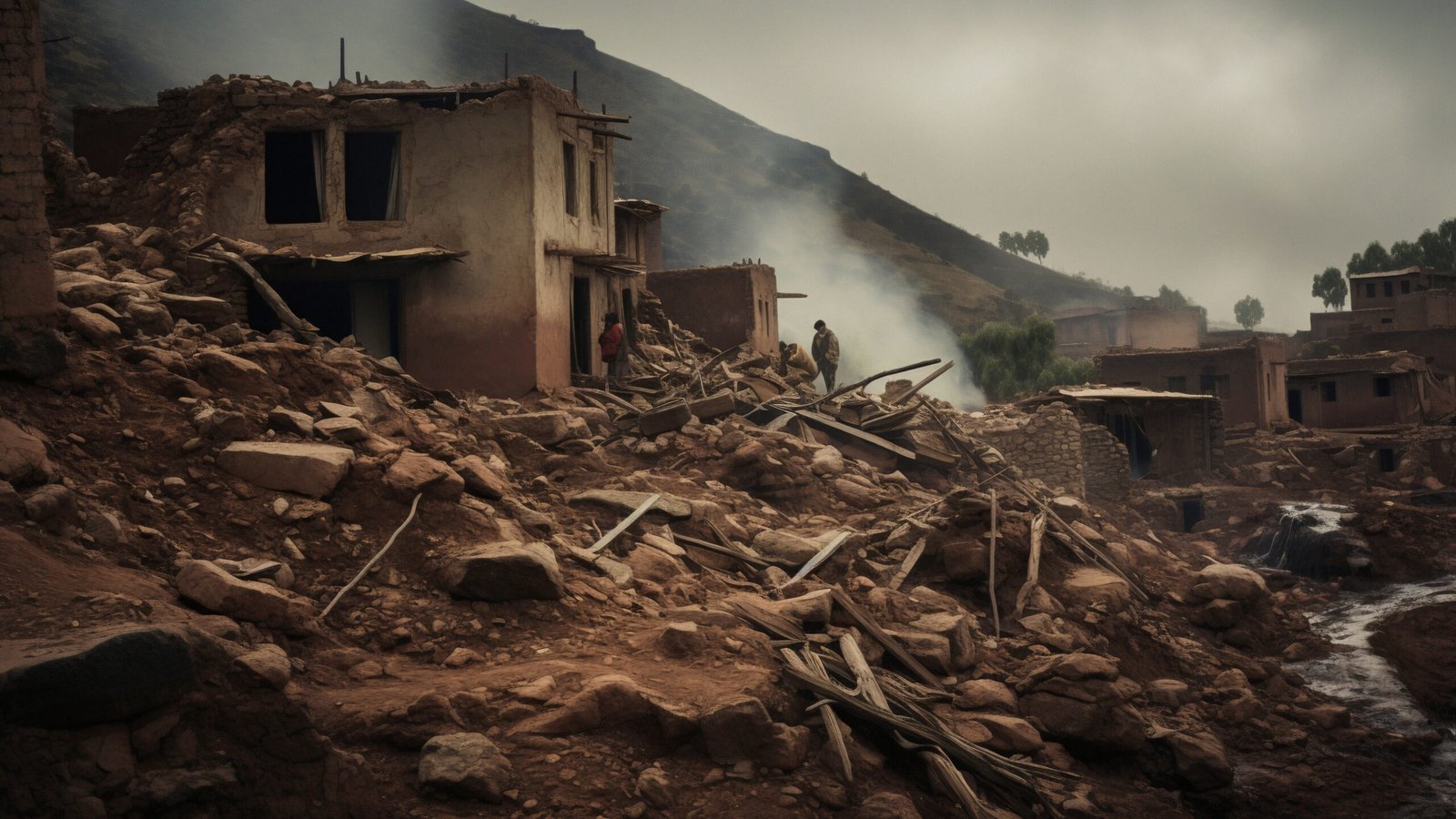Breaking News: Earthquake Jolts Lahore and Surrounding Cities
A powerful earthquake struck Lahore and several neighboring cities earlier today, sending shockwaves across Punjab and triggering panic among residents. The tremors were strongly felt in urban and rural areas, with people rushing out of their homes, offices, and markets in fear of collapsing structures.
Key Details of the Earthquake
- Time of Occurrence: Early morning (exact timing under verification).
- Affected Areas: Lahore, Gujranwala, Kasur, Faisalabad, Okara, and nearby regions.
- Magnitude: Awaiting official confirmation from the Pakistan Meteorological Department (PMD) and international seismic agencies.
- Depth & Epicenter: Preliminary reports suggest a shallow-depth quake, possibly near the Indo-Eurasian tectonic boundary.
Eyewitness Accounts and Immediate Reactions
Local residents reported violent shaking, with furniture, ceiling fans, and glass windows rattling for several seconds. Many took to social media to share videos of people gathering in open spaces, reciting prayers, and calling loved ones to check on their safety.
- “The ground shook suddenly—it felt like a giant wave,” said a Lahore resident.
- “Buildings swayed, and car alarms went off,” reported another witness from Gujranwala.
Authorities have not yet confirmed any major structural damage or casualties, but emergency response teams are conducting rapid assessments in high-risk zones.
Why Is Pakistan Prone to Earthquakes?
Pakistan sits on one of the world’s most seismically active regions due to the collision of the Indian and Eurasian tectonic plates. The Himalayan belt, which runs through northern Pakistan, is particularly vulnerable to high-magnitude earthquakes.
Historical Earthquakes in Pakistan
- 2005 Kashmir Earthquake (Magnitude 7.6) – Over 80,000 deaths, massive destruction in Muzaffarabad and Balakot.
- 2013 Balochistan Earthquake (Magnitude 7.7) – 800+ fatalities, with entire villages flattened.
- 2019 Mirpur Earthquake (Magnitude 5.8) – Structural damage in AJK and northern Punjab.
Today’s earthquake serves as a stark reminder of Pakistan’s vulnerability to seismic hazards. Experts warn that poor construction practices and lack of earthquake-resistant infrastructure in many cities could lead to catastrophic consequences in future quakes.
Government and Disaster Management Response
1. Emergency Services Activated
- Rescue 1122 and Pakistan Army deployed teams to assess damage.
- Hospitals put on high alert for potential injuries.
- NDMA (National Disaster Management Authority) monitoring aftershocks.
2. Public Advisory Issued
Authorities have urged citizens to:
✅ Stay calm and avoid panic.
✅ Check for gas leaks and electrical hazards.
✅ Avoid using elevators in high-rise buildings.
✅ Follow official updates from PMD and NDMA.
Earthquake Safety: What You Need to Know
Before an Earthquake
- Secure heavy furniture (bookshelves, TVs) to walls.
- Prepare an emergency kit (water, flashlight, first aid, documents).
- Identify safe spots (under sturdy tables, away from windows).
During an Earthquake
- DROP to the ground.
- COVER your head and neck.
- HOLD ON until shaking stops.
- Do NOT run outside during shaking (falling debris risk).
After an Earthquake
- Check for injuries and provide first aid if needed.
- Inspect for gas leaks—if you smell gas, shut off the main valve.
- Avoid damaged buildings—aftershocks can cause collapses.
- Listen to official alerts for tsunami warnings (if near coastal areas).
Economic and Social Impact
1. Disruption in Daily Life
- Schools and offices temporarily closed for safety checks.
- Public transport delays reported in Lahore.
- Telecommunication networks briefly overloaded due to high call volumes.
2. Potential Infrastructure Damage
- Older buildings in Lahore’s inner city at higher risk.
- Bridges and highways being inspected for cracks.
3. Psychological Effects
- Many residents, especially children, experienced panic and anxiety.
- Social media trends show people sharing safety tips and support messages.
How Technology Can Help in Earthquake Preparedness
1. Early Warning Systems
Countries like Japan and Mexico use Earthquake Early Warning (EEW) systems that detect tremors seconds before they hit populated areas. Pakistan should invest in similar technology.
2. Smartphone Alerts
- Google Android’s Earthquake Alert System uses accelerometers in phones to detect tremors.
- Government SMS alerts can be improved for faster dissemination.
3. AI and Satellite Monitoring
- AI-powered seismic analysis can predict aftershock patterns.
- Satellite imagery helps assess damage in remote areas.
What’s Next? Monitoring Aftershocks
Earthquakes often come with aftershocks, which can occur hours or even days after the main event. Residents are advised to:
⚠️ Stay vigilant for at least 48 hours.
⚠️ Report any new cracks in buildings to local authorities.
⚠️ Avoid spreading rumors—only trust verified sources.
Final Thoughts: A Call for Better Preparedness
While today’s earthquake did not cause massive destruction, it highlights the urgent need for:
🔹 Stricter building codes (especially in urban areas).
🔹 Public awareness campaigns on earthquake safety.
🔹 Investment in disaster-resilient infrastructure.
Stay Updated with TechWaveAlerts
For real-time earthquake alerts, safety guides, and tech-driven disaster management insights, follow TechWaveAlerts.com.





